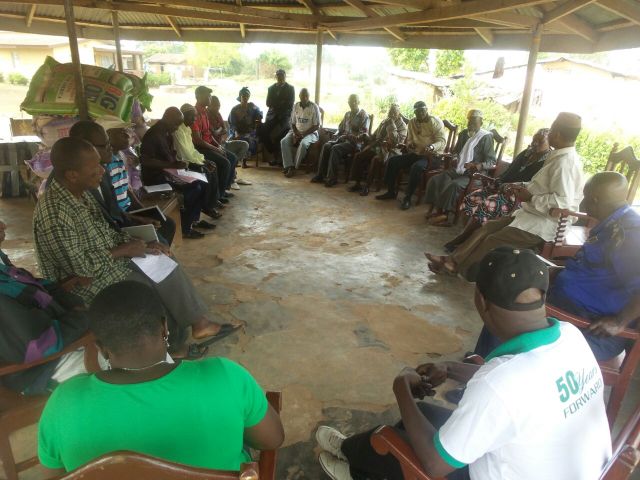A January 27th National Geographic article on the December – January “surge” to fight Ebola is the first one I’ve read that really gets it.
It’s called “How Ebola found fertile ground in Sierra Leone’s chaotic capital – How poverty and fragmentation in Sierra Leone’s capital city fueled the spread of the deadly Ebola virus.” I found this on the Nat’l Geo Twitter feed, so it’s up to date as of the end of January.
Starting in Freetown, the reporter notes the usual mix of urban density and poverty that fuels contagious disease outbreaks, and hinders eradication.
But he goes on to recognize an “overlooked factor (that) continues to complicate.” He notes Freetown has had 50% of all Ebola cases, but has only 30% of the country’s population. And it’s a “mishmash of people” from all tribes and all parts of the country. No unifying culture or leaders. Only elected councilors, short term by nature, who never really develop trust and respect with the people they represent. And it goes both ways; they often don’t show respect for people they represent either.
Traditional leaders tackle Ebola The reporter then goes upcountry to Kenema and interviews paramount chiefs there. He hears a chief describe how he went on the radio when they succumbed to the epidemic. He demanded people isolate the sick and stop washing dead bodies before burial and other Secret Society rituals. He arrested violators for eight days and fined them Le500,000 ($120), a huge sum there. His translator commented, “the chief is the only person who could ever stop secret societies.”

Bumpeh Chiefdom Paramount Chief Charles Caulker announces gov’t Ebola funding for all chiefdoms to his Ebola task force. December 2014
Kenema formed an aggressive Ebola task force with all local leaders. They went from being one of the two early hotspots in August, to declaring themselves free of Ebola in December. They’ve since had a smattering of new cases, probably travelers coming from other outbreak areas. These were quickly contained.
With strong district and chiefdom Ebola committees, the epidemic is nearly stamped out beyond western and northern urban areas. Strong hands-on leadership of traditional leaders was pivotal in influencing change in high risk behaviors among their residents. Chiefs have a good pipeline of information and authority to take action when unsafe behavior didn’t change.
Paramount chiefs united to take collective action, and with government funding in December for all chiefdoms, new Ebola cases rapidly plummeted in January.
To reach people in Freetown, the government is using elected councilors and hired monitors, most of whom don’t hold much sway with disparate groups of uneducated, Ebola weary urban dwellers.
It’s not hopeless. Monrovia managed it. But it’s going to take systematic and strong action – and done swiftly.
Excellent analysis!
LikeLike
Thanks, Cheryl. Glad you liked it. You’ve watched this whole thing progress together with me. Arlene
LikeLike